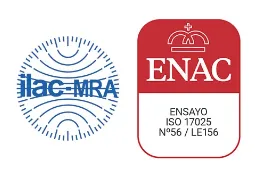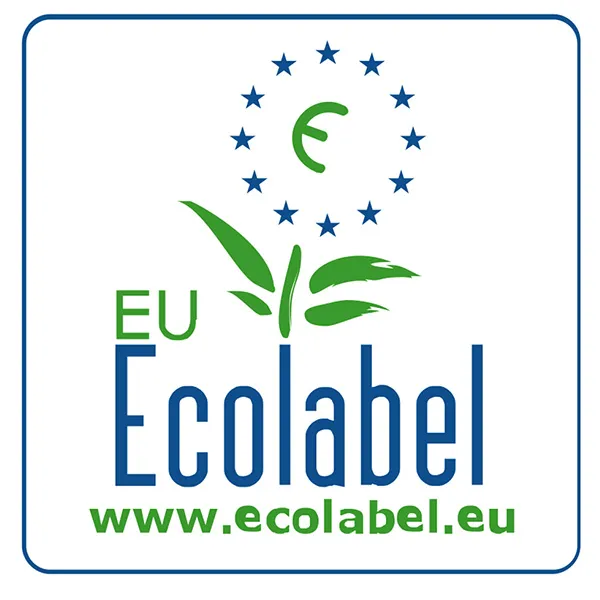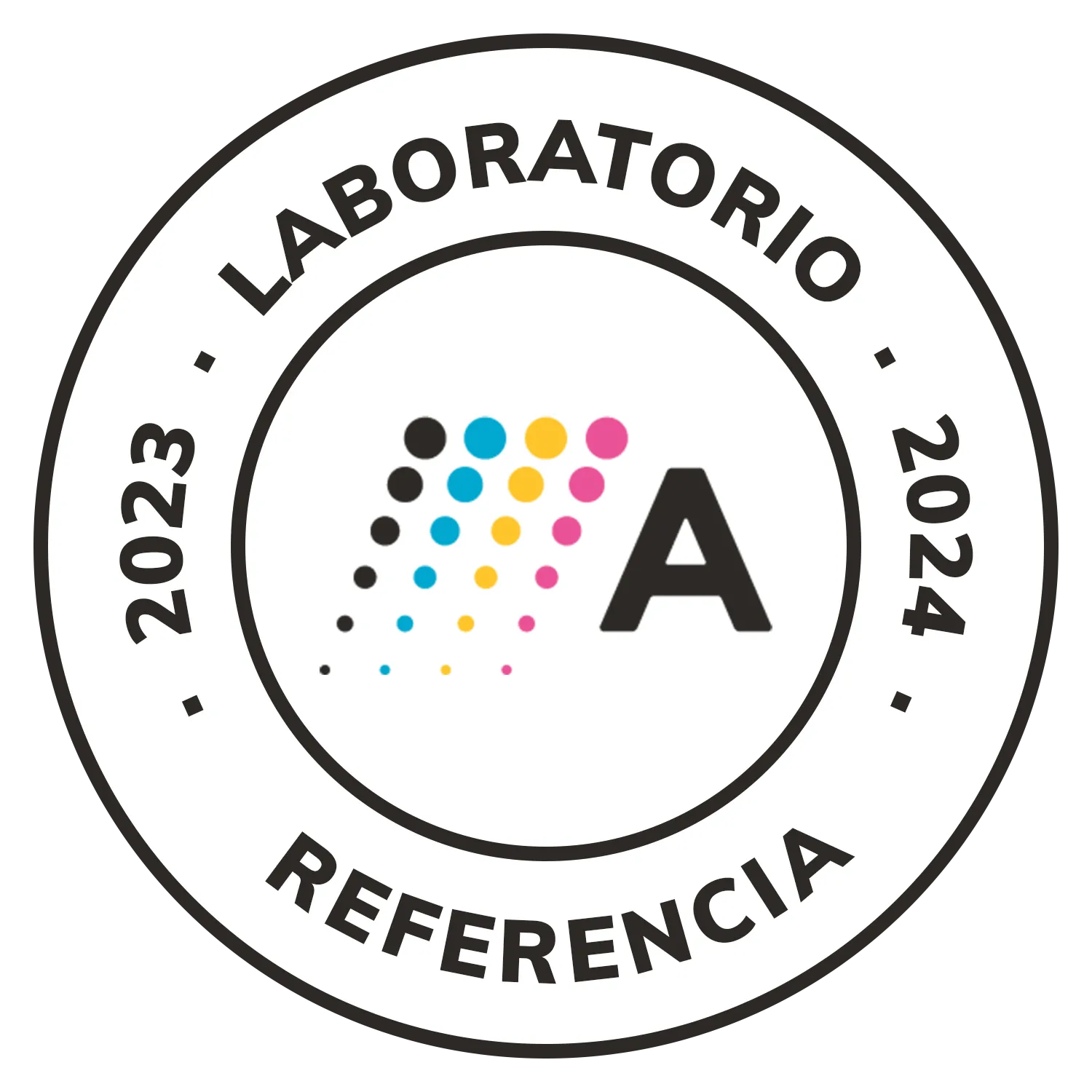Adherence
The adhesion evaluation in the paint and coatings industry is essential to ensure proper bonding to substrates.
The automotive sector is particularly demanding when it comes to the quality and durability of the coatings applied to both interior and exterior plastic components of a car.
Among the various tests that can be conducted on coatings in the laboratory to assess their suitability, one of the most commonly used is the adhesion of the coating to the plastic substrate. It is essential for the coating to be perfectly adhered to the plastic surface to fulfill its function.
Cross-cut test
One of the most common tests to evaluate the coating adherence to the substrate is the cross-cut test. This test consists of:
- Realize incisions with the help of a blade or cutting discs on the coating. These incisions must reach the substrate, forming a grid with parallel and perpendicular cuts, or angled according to regulations. The number and spacing of the incisions are determined based on the thickness of the film and the applied regulations.
- Then, the grid is brushed, and with the help of a magnifying glass, it is observed whether detachment has occurred.
- For a more rigorous check, the grid is covered with adhesive tape, and then it is pulled off with a fast movement.
- The level of adhesion is assessed by comparing the result with a standardized classification.
Coating resistance after aging
Moreover, adherence is one of the characteristics that is usually evaluated to check the coating’s resistance after subjecting the piece to controlled degradation or aging conditions (extreme temperature values, temperature and humidity cycles, luminous radiation, etc.). A common procedure involves making an incision or a St. Andrew’s cross in the coating before the aging process. After this stage is completed, we assess the coating’s adhesion capacity by observing the amount of detached coating when adhesive tape and other pressure-inducing materials are applied to the incision.
Pull-off test
Another test commonly used for coatings, for example, to obtain the Ecolabel for paints and varnishes, is the adhesion test according to UNE EN 24624 (replaced by UNE EN ISO 4624). In this test, an adhesive is applied to bond the coating surface with the sledges of the equipment. Applying a peel force with a dynamometer allows us to calculate the stress (MPa) until detachment.
Resistance to steam jet
This test method studies the resistance of coatings to surface cleaning with a pressurized steam jet device. The damage to the test sample depends on the incision created, the space between nozzle and sample, the speed of the water flow, the test time and the temperature of the jet. After the test, the samples are examined visually to detect any detachments on the surface of the coating or the incision made. The standards most used in this test are UNE EN ISO 16925, AA-0136 among others.
At AIMPLAS, we have the necessary equipment to carry out adhesion tests on coatings for plastic parts.




